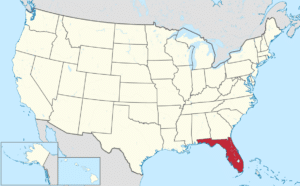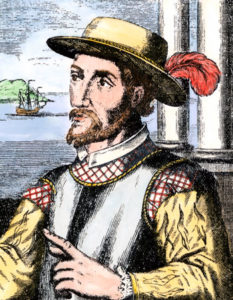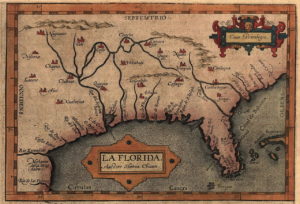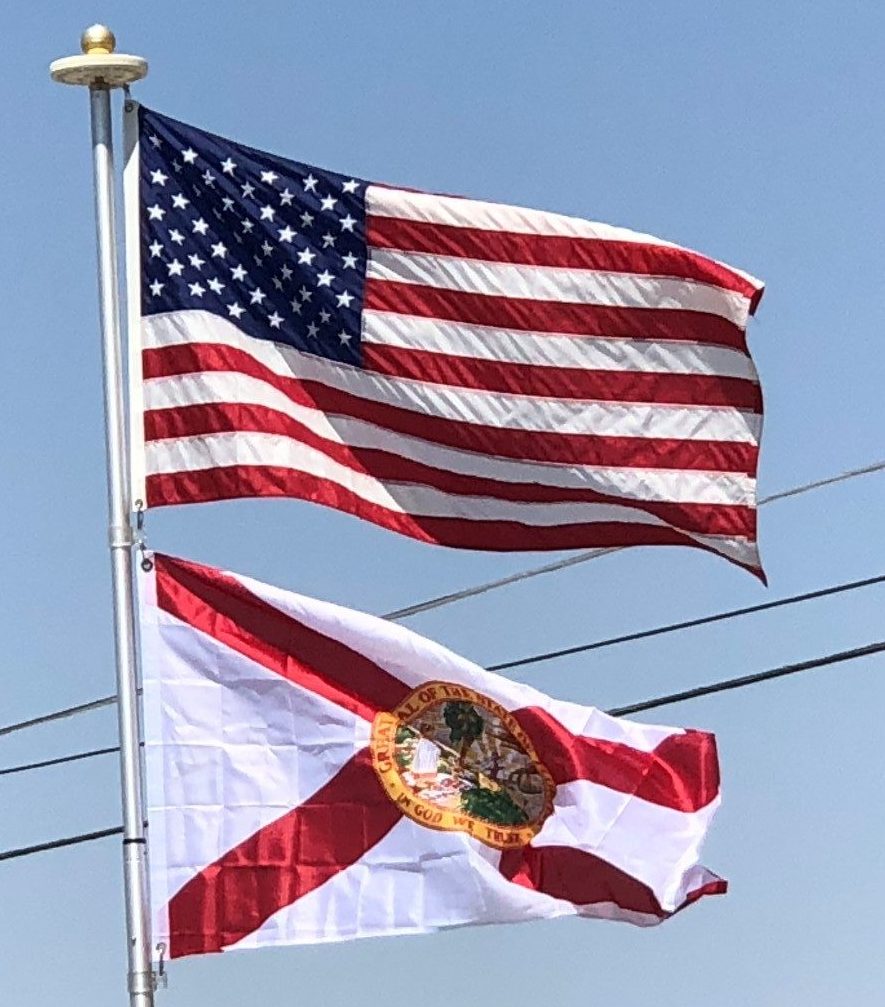Introduction:
Florida, which is Spanish for “land of flowers”) is the southernmost contiguous state in the United States. Jacksonville is the most populous municipality in the state and the largest city by area in the contiguous United States. The Miami metropolitan area is Florida’s most populous urban area. Tallahassee is the state’s capital.
About two-thirds of Florida occupies a peninsula between the Gulf of Mexico and the Atlantic Ocean. Florida has the longest coastline in the contiguous United States, approximately 1,350 miles not including the contribution of the many barrier islands. Much of the state is at or near sea level and is characterized by sedimentary soil. Florida has the lowest high point of any U.S. state. The climate varies from subtropical in the north to tropical in the south.

Along with Hawaii, Florida is one of only two states that has a tropical climate, and is the only continental U.S. state with a tropical climate. It is also the only continental U.S. state with a coral reef called the Florida Reef.
History:
Pre-European Contact:
By the 16th century, the earliest time for which there is a historical record, major Native American groups included the Apalachee of the Florida Panhandle, the Timucua of northern and central Florida, the Ais of the central Atlantic coast, the Tocobaga of the Tampa Bay area, the Calusa of southwest Florida, and the Tequesta of the southeastern coast.
European Arrival:
Florida was the first region of the continental United States to be visited and settled by Europeans. The earliest known European explorers came with the Spanish conquistador Juan Ponce de León. Ponce de León spotted and landed on the peninsula on April 2, 1513. He named the region Florida or “land of flowers”. The story that he was searching for the Fountain of Youth is mythical and only appeared long after his death.

In May 1539, Conquistador Hernando de Soto skirted the coast of Florida, searching for a deep harbor to land. He described seeing a thick wall of red mangroves spread mile after mile, some reaching as high as 70 feet, with intertwined and elevated roots making landing difficult. The Spanish introduced Christianity, cattle, horses, sheep, the Castilian language, and more to Florida. Spain established several settlements in Florida, with varying degrees of success. In 1559, Don Tristán de Luna y Arellano established a settlement at present-day Pensacola, making it the first attempted settlement in Florida, but it was mostly abandoned by 1561.

In 1565, the settlement of St. Augustine (San Agustín) was established under the leadership of admiral and governor Pedro Menéndez de Avilés, creating what would become one of the oldest, continuously-occupied European settlements in the continental U.S. and establishing the first generation of Floridanos and the Government of Florida. Spain maintained strategic control over the region by converting the local tribes to Christianity.
The geographical area of Florida diminished with the establishment of English settlements to the north and French claims to the west. The English attacked St. Augustine, burning the city and its cathedral to the ground several times.
